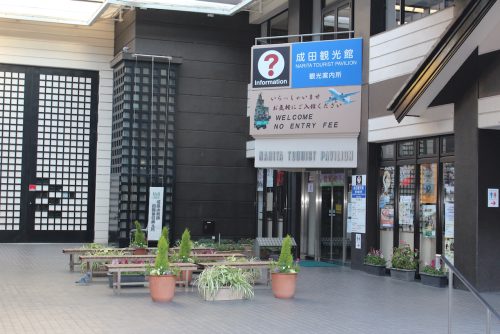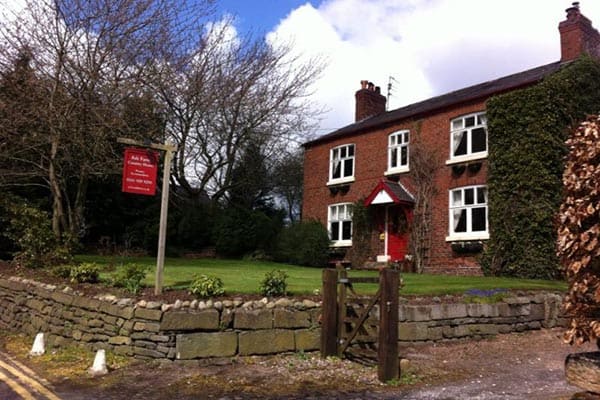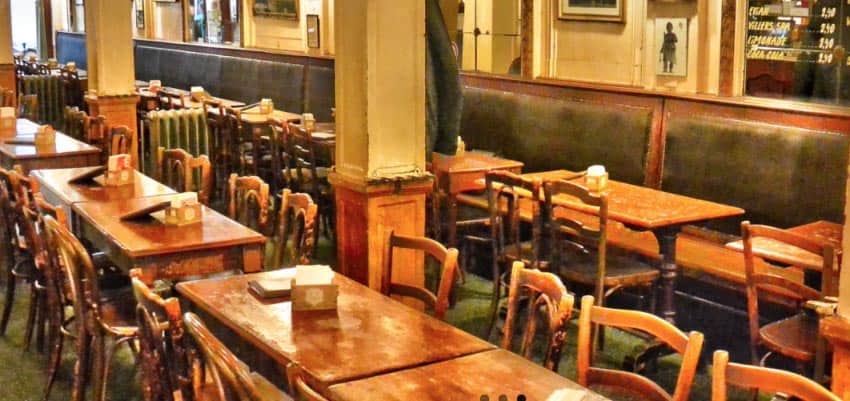
Tired of Leaving Finding a Bathroom up to Chance while Exploring a New City? These Apps and Platforms are Combatting This Issue– One Public Toilet at a Time!
By Sarah Arksey
Associate Writer
It’s a running joke in major cities across the globe that you’ve probably heard before- ‘if you visit New York City, make sure you use the bathroom before leaving your hotel because the chances of finding a public toilet when you need one is astronomically low!’
However, several startups are looking to lead us into a new frontier of public bathroom accessibility.
Local and Federal Governments Step Up

In response to this rather universal frustration, New York City has created a Google Maps layer that easily points you in the direction of the more than 1,000 public bathrooms which exist (somewhat surprisingly!) across Manhattan and the boroughs of Brooklyn, Queens, the Bronx, and Staten Island.
Some other major cities have their own apps, like Oslo– the interactive lavatory map of which can be found here. Rome has compiled a list of P.Stops– information kiosks located in some of the city’s most significant plazas– all of which have publicly available bathrooms.
Three of the points listed are specifically free bathroom complexes. The P.Stops also offer free wifi! Keep in mind that these bathrooms are not available 24 hours, and are usually locked between early evening and 10 am.
Australia takes access to public bathrooms seriously– the government has initiated the National Public Toilet Map in order to connect locals and tourists with rest stops, highlighting the particular importance of this for individuals who experience incontinence.
“The NPTM provides a valuable service to the Australian public, currently showing the location of more than 23,000 public and private facilities across Australia, including toilets and adult or baby change facilities,” says a spokesperson for Australia’s Department of Health and Aged Care. “Information is provided about each toilet, such as location, accessibility details, opening hours and features like sharps disposals, drinkable water and showers. In 2022-23, approximately 466,000 people accessed the NPTM.”
Corporate and Non-profit initiatives
Still other apps have been developed by corporations that specialize in restroom development, such as Sweden’s ToaSverige, which lists 100 toilets in Stockholm alone, or HogeNood, which lists nearly 10,000 bathrooms in the Netherlands!
ToaSverige was initiated by JCDecaux, a company which designs and builds standalone public toilets and has them placed in various cities in Sweden. These bathrooms have a sleek minimalist design and are even self-cleaning, making staffing them unnecessary. The bathrooms automatically unlock after 20 minutes, so it’s impossible to get locked inside!
HogeNood is unique in that it actively engages the community in sourcing public toilets. The app’s team invites nearby restaurants and shops to mark their toilets as open for use on the app– which has the mutual benefit of bringing potential customers into their business!
HogeNood also encourages users to ask local establishments to add their toilets. A bronze HogeNood membership is free and allows businesses to add one toilet, and paid upgraded memberships are available with additional features, such as allowing the scheduling of

cleaning crews.
The app was established in 2012 and in addition to finding public toilets, it allows you to rate them.
This means that each toilet comes with a list of reviews– just like when you search for a restaurant on Yelp!– as well as confirmed amenities, i.e. wheelchair accessibility.
HogeNood currently services the Benelux (Belgium, Netherlands, and Luxembourg).
Many of HogeNood’s users have bladder or abdominal conditions– this is why their goal is for all of their users to be able to find an available toilet within 500 meters.
We can thank the bladder/abdominal patient community for many bathroom mapping apps. Visitors to (and residents of) Canada may be interested in the GoHere app, founded by Crohn’s & Colitis Canada.
People living with one of these conditions may need to use the bathroom up to 20 times per day– which can be so lifestyle-impacting that many affected individuals may choose to isolate themselves to some degree. “Those that do not must plan their activities around publicly accessible washroom locations,” relays the Crohn’s & Colitis Canada website.
Like HogeNood, GoHere encourages community engagement. The initiative offers window decals to local businesses which indicate their stance of ‘business washroom access, no questions asked’. GoHere even offers a downloadable card that acts as proof of medical need, designed to be presented should an individual dealing with a chronic illness find themselves needing a restroom in an area where no formally accessible public restrooms can be found.
Civilians Take Action
Many initiatives arise from locals taking matters into their own hands– like Semih from Istanbul, who designed the app İstanbul Şehir Tuvaletleri (Istanbul City Toilets).
“The process of designing the map started as an idea because of the troubles I had while living in this city for many years,” says Semih, adding that he spent much of his time rushing from across the city on public transit as a university student, making it very difficult to consistently access a public bathroom.
“Later, Istanbul Metropolitan Municipality itself started to build public toilets and make them available. But no one knew where [they were], including me. So, I decided to develop an app that would put them together, make people’s lives easier, and published my app on the AppStore for the benefit of society without any profit.”
Arash Beigian, 18, was in high school when he took it upon himself to tackle New York City’s lack of public bathroom access by virtually mapping available public toilets. “Designing the app was a great challenge due to my limited experience in app development,” says Beigian.
“The app itself took hundreds of hours to put together, overcoming technical challenges as well as trying to make the most simple, minimal, application-based solution to this problem.” He adds that the app only includes data that is added manually, as opposed to using AI and other automated technologies, to assure accuracy. Beigian hopes to expand to other cities soon– “Hopefully, all over the world.”
Beigian thinks that ultimately, adding new public bathrooms in a city as dense as New York is not feasible. “The only viable solution for cities like New York, where the real estate is too dense to add public toilets, is for the city itself to
subsidize private bathrooms for public use,” he says, giving the example of the city giving Starbucks a grant in exchange for opening their bathrooms for public use.
Finally, there exist apps that utilize crowdsourcing– such as Bathroom Scout and Flush– to provide the broadest overview of available public toilets. However, apps of this nature may be outdated, so are probably not the best option if you REALLY need to go!
- Bathroom Mapping at Home and Abroad - September 17, 2024
- The Rise of E-Scooters, E-Bikes, and More - August 31, 2024
- Merida, Mexico’s Fascinating Culinary Mosaic - August 24, 2024





